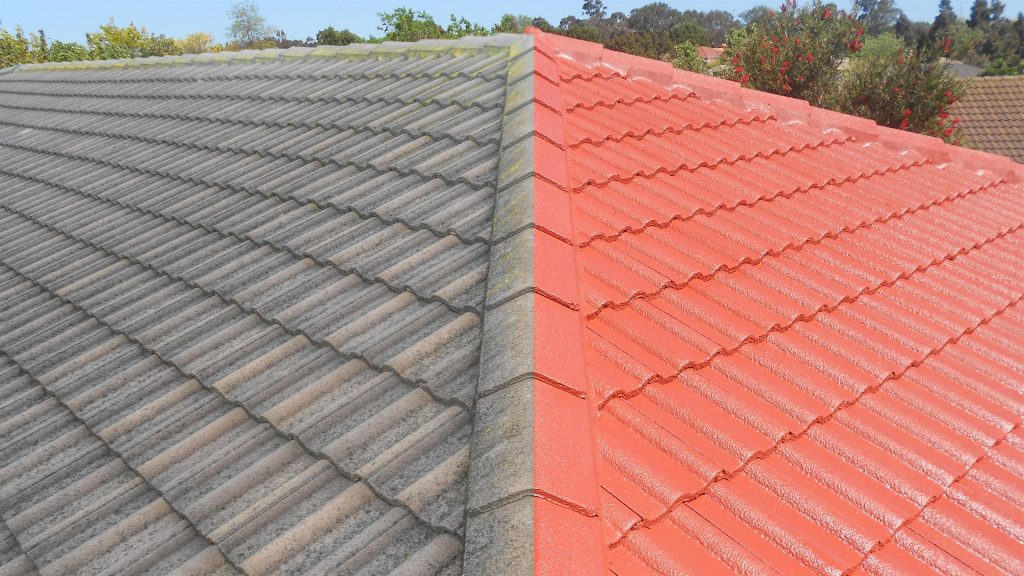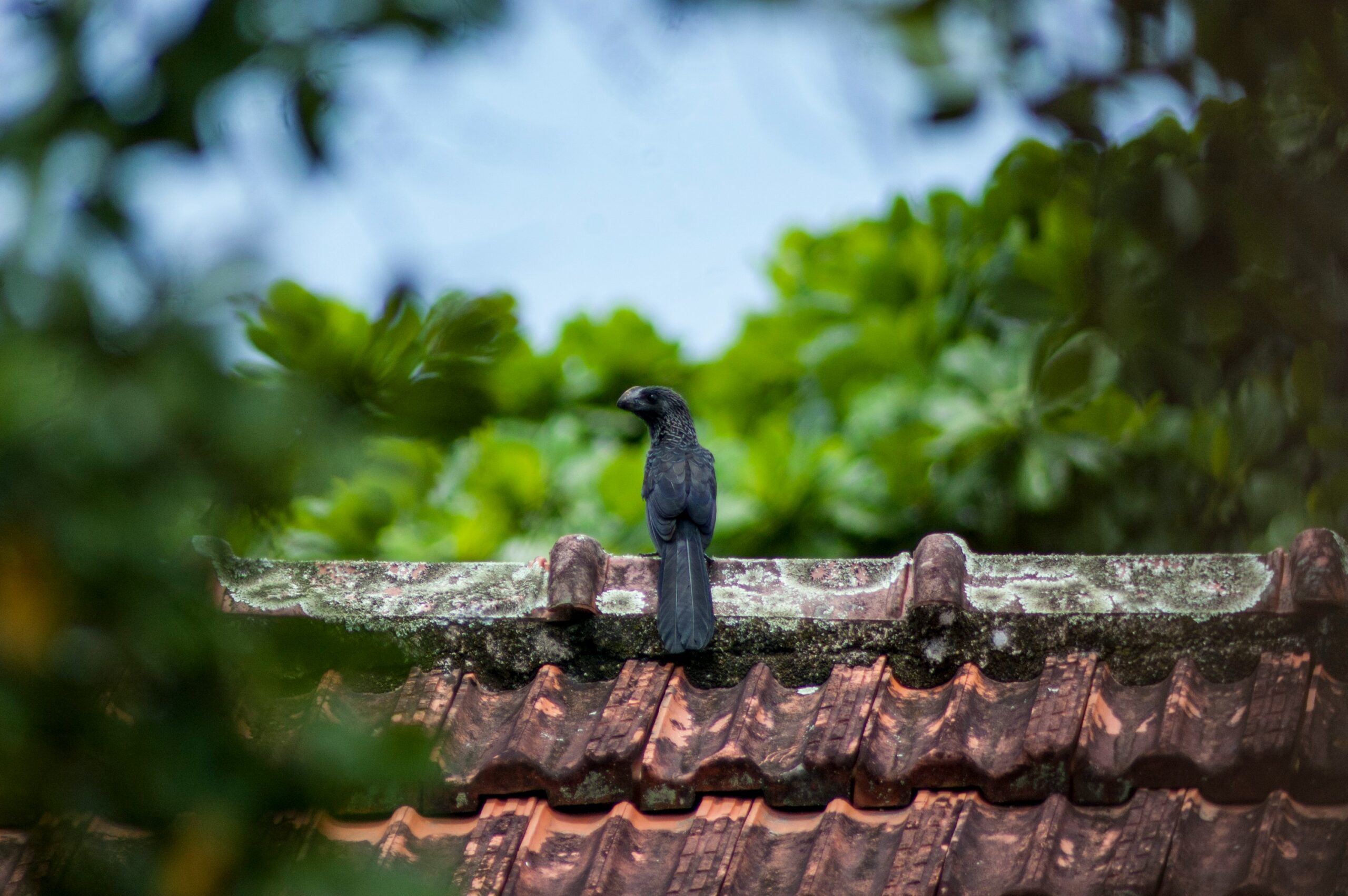Ready for Your Next Construction?

Roof restoration is a process designed to extend the life of an existing roof, enhance its performance, and improve its appearance without the need for a full replacement. This is typically done on roofs that have started to show signs of wear but are still structurally sound. Roof restoration can be a cost-effective alternative to a full replacement and is a great option for both residential and commercial properties.
1. Initial Inspection and Assessment:
The first step in roof restoration is a thorough inspection to assess the condition of the roof. Roofing professionals will look for signs of wear, such as:
Cracked, missing, or damaged shingles or tiles.
Leaks or water damage inside the building.
Deterioration of the roof membrane (for flat roofs).
Mold or moss growth.
Damage to the flashing or seals around roof penetrations.
This inspection helps determine whether restoration is feasible or if a full replacement is necessary.
2. Cleaning the Roof:
Once the roof’s condition has been assessed, the next step is cleaning. This involves:
Removing debris: Leaves, branches, dirt, and other debris are cleared from the roof and gutters.
Washing the roof: Depending on the roofing material, the roof may be pressure-washed or cleaned with specialized cleaning solutions. This removes dirt, moss, algae, and other contaminants that could affect the roof’s performance.
Cleaning gutters and downspouts: Gutters are cleaned to ensure proper drainage and prevent water buildup that could lead to damage.
3. Repairs:
After cleaning, any minor repairs that are needed are carried out to ensure the roof is in good shape for restoration. This may include:
Replacing missing or damaged shingles, tiles, or panels.
Sealing cracks, holes, or seams in the roofing material.
Repairing or replacing damaged flashing around chimneys, vents, skylights, or other penetrations.
Addressing any underlying structural damage, such as rotting decking or framing.
4. Application of Roof Coatings or Sealants:
One of the key aspects of roof restoration is the application of protective coatings or sealants. These coatings:
Restore the roof’s waterproofing ability: Roof coatings help to create a new protective layer that keeps the roof sealed and prevents leaks.
Protect against UV damage: Coatings help to reflect UV rays, preventing the roof from degrading due to sun exposure.
Enhance energy efficiency: Reflective coatings can help keep the building cooler by reducing heat absorption, leading to lower cooling costs.
Extend the roof’s lifespan: The right coating can significantly extend the lifespan of your roof by protecting it from the elements, including rain, snow, wind, and extreme temperatures.
Depending on the type of roof and the materials used, different coatings may be applied, such as:
Acrylic coatings for smooth, sloped roofs.
Polyurethane coatings for flat or low-slope roofs.
Silicone coatings for roofs that require superior waterproofing.
5. Re-Sealing and Flashing Work:
As part of the restoration, any flashing that has become damaged or loose is resealed or replaced. Flashing around roof penetrations like chimneys, vents, and skylights is essential to ensure water doesn’t seep into these vulnerable areas. Proper sealing of seams and joints is also a crucial part of the restoration process.
6. Ventilation Assessment:
Restoring proper ventilation in your attic or roof space is an important part of the process. Poor ventilation can cause heat buildup or excess moisture, which can lead to mold or structural damage. A roofing professional will check the ventilation system and make adjustments or repairs if needed, such as adding or improving soffit vents or ridge vents.
7. Final Inspection:
Once all the restoration work is completed, a final inspection is done to ensure that the roof is properly sealed, secure, and functioning as intended. The roof will be checked for any missed areas, and the coating will be inspected for proper coverage and adhesion.
8. Warranty and Ongoing Maintenance:
Many roof restoration services come with a warranty that covers the coating or restoration materials used. Additionally, roofing professionals may provide maintenance advice to help ensure the roof continues to perform well over the years. Regular inspections and minor upkeep, such as cleaning gutters and checking for damage, can extend the life of your restored roof.


Roof restoration is an excellent solution for homeowners or building managers who want to extend the life of their existing roof without the cost of a complete replacement. By addressing minor damage, enhancing protection, and restoring the roof’s waterproofing abilities, restoration can improve the roof's performance and appearance while saving money in the long run.If you’re considering a roof restoration or need more details, feel free to reach out with any questions!

